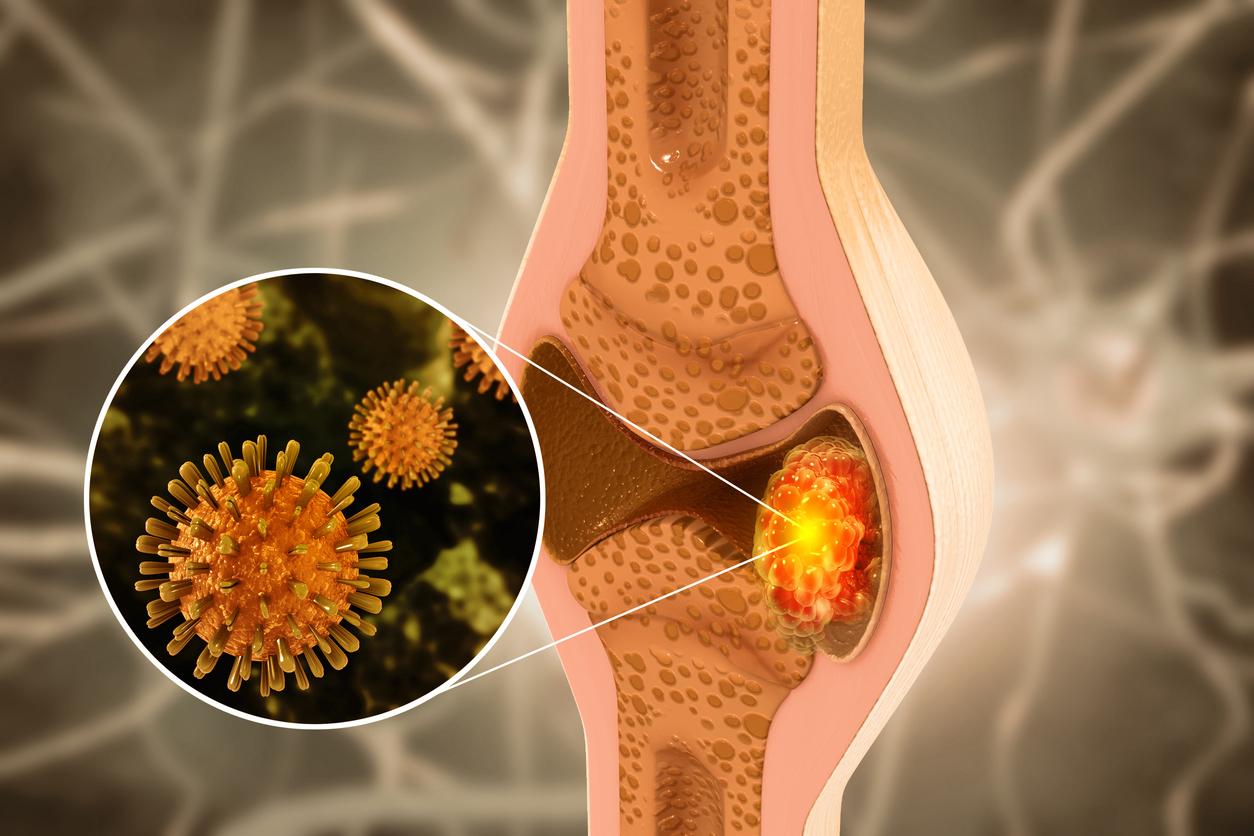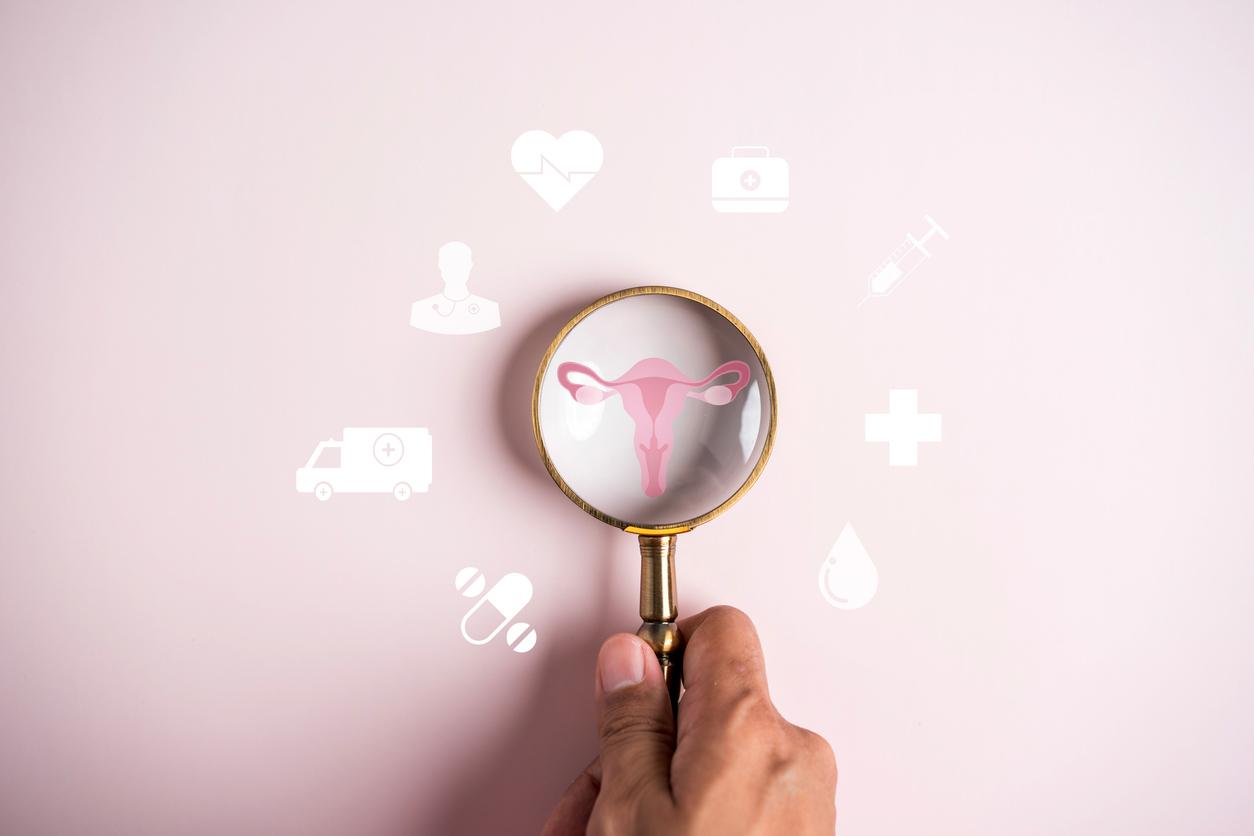Over half a million breast cancer cases have been successfully treated in the United States over the past 30 years. France observes the same dynamic, even if progress remains to be made.

Since 1989, between 384,000 and 614,500 Americans affected by breast cancer have been saved thanks to mammography and improved treatments. In 2018 alone, 27,083 to 45,726 deaths were averted.
These new numbers demonstrate “how effective the combination of early detection and modern treatment of breast cancer has been in preventing deaths from this pathology”, said research director R. Edward Hendrick (University School of Medicine of Colorado), also regretting the recent focus of the media on the risks of screening.
Survival has improved markedly
If there are no such precise figures for France, the dynamic is similar there. With 11,883 deaths in 2017 (i.e. 18.6% of deaths from cancer in women), breast cancer remains the leading cause of cancer death for French women, but “several important observations bring hope: first of all , the decrease in the mortality rate of -1.5 per year observed between 2005 and 2012; then, survival after treatment for breast cancer has increased markedly and now reaches 87% at 5 years (nearly 9 out of 10 women) while that it was 80% in 1993. Survival even reaches 99% for certain forms that we now know how to identify”, indicated on the occasion of pink October Dr Anne Vincent-Salomon, pathologist at theCurie Institute.
As in the United States, French women benefit from treatments that are better suited to each type of cancer, from a generalized screening policy and from better knowledge of the different forms of breast cancer. “Unfortunately, a darker observation persists: when breast cancer metastases occur, survival is only 26%. It is therefore urgent to continue research efforts and to encourage all avenues of innovation to improve the survival of women with metastatic breast cancer”, continues Anne Vincent-Salomon.
Progress remains to be made
In 2016, the participation rate of the target population for breast cancer screening was 50.7% (51.5% in 2015). After a significant increase in the first years (from 42.5% in 2004-2005 to 52.7% in 2011-2012), a plateau has been observed since 2008, and the new data show a slight drop.
For Dr Philippe Laplaige, oncologist at the Polyclinic of Blois, still too few women over 50 are screened for breast cancer. According to him, the pain of which some patients complain and which may frighten others would be one of the obstacles to screening. Nevertheless, “what is certain is that we must participate. It is a public health issue”, he insists. The second criticism made by critics of screening is that it entails a risk of over-diagnosis, and consequently of over-treatment andunnecessary operations.
Dr. Laplaige therefore bases his hopes on the blood test, or liquid biopsy, which is already a lead in the world of research. Thanks to biology, it would be possible to predict the evolution of these types of lesions. If with a blood test a doctor is able to say that it will not evolve, these “over-diagnosed” people will then not be wrongly treated. Recently, British researchers succeeded in detecting 94% of cancers, including breast cancers thanks to this technique. Further work needs to be done.

.

















